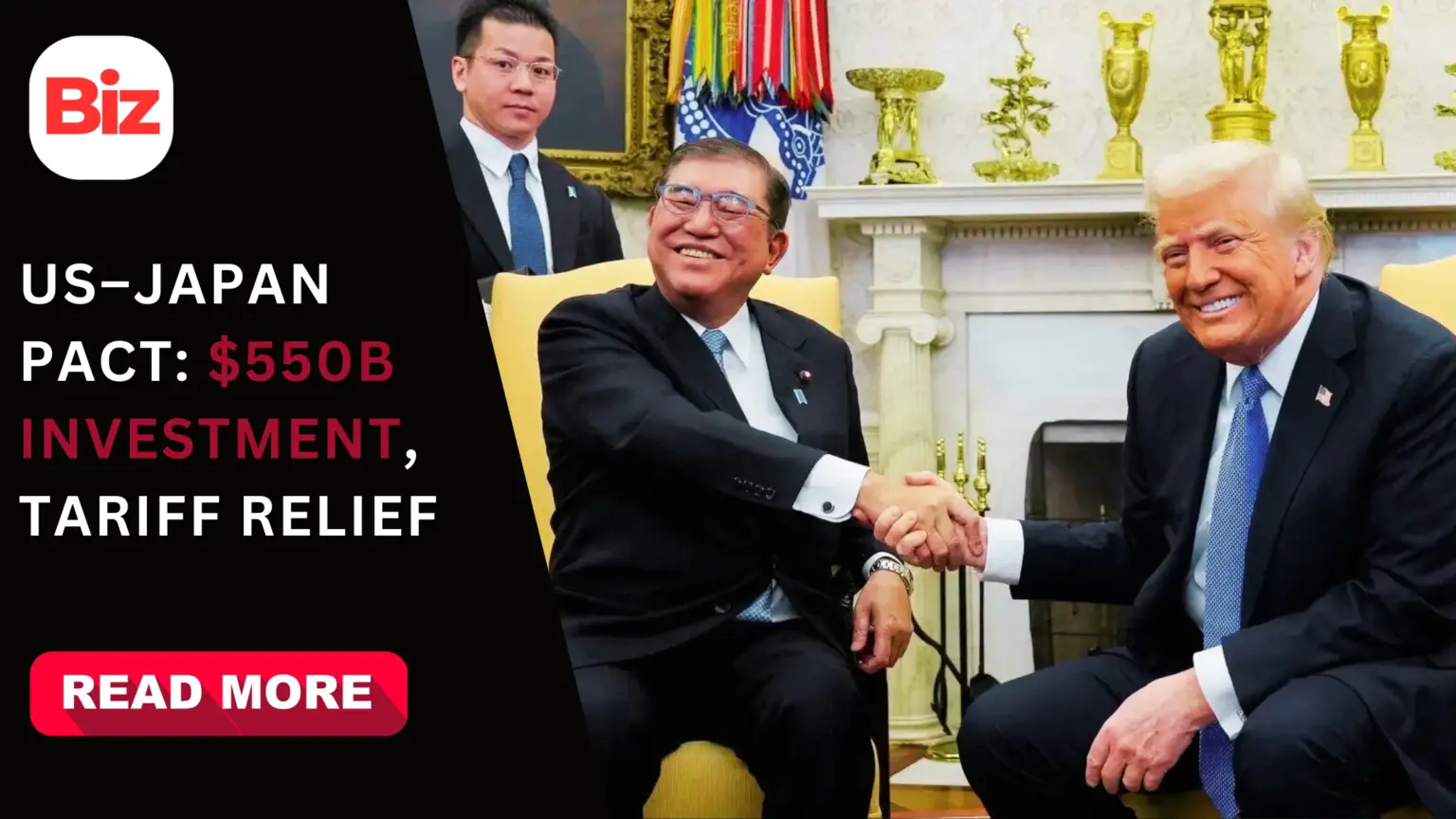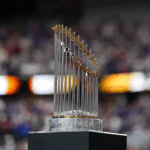President Donald Trump signed an executive order this week. The order implements a wide-ranging US-Japan trade deal. It cuts tariffs on Japanese cars and secures massive Japanese pledges to invest in the United States. The move reduces the levy on Japanese autos to 15% from 27.5%. It also packages investment and procurement promises. US officials say these measures will bolster jobs and critical industries.
The administration says the order will take effect shortly after formal publication, giving Japanese exporters certainty after months of tense negotiations. The White House framed the arrangement as a swift implementation of the July accord between the two allies.
Tariff Cuts on Japanese Automobiles
Under the deal, the new 15% rate applies to most Japanese automobiles. It prevents the 15% levy from being added on top of higher tariffs already applied to some products. Officials said tariff relief has been made retroactive to August 7. Commercial aircraft and parts were explicitly excluded from levies under the agreement.
A headline feature of the US-Japan trade deal is an unusually large investment pledge by the Japanese government and its state-affiliated lenders. Tokyo agreed to mobilize roughly $550 billion for projects in the United States. The funding is structured as equity, loans, and guarantees. It will target sectors such as semiconductors, metals, pharmaceuticals, energy, and shipbuilding. The memorandum accompanying the executive order set a deadline for investments to be made by January 2029.
Energy and Procurement Commitments
The package also includes procurement and energy elements. Tokyo signaled plans to expand annual purchases of US agricultural goods by billions of dollars and to buy additional US defense equipment. Japan is exploring an offtake for Alaskan liquefied natural gas under a roughly $7 billion energy component of the pact. The two governments also flagged a large order of Boeing planes.
Japanese political leaders in Tokyo reacted quickly. Prime Minister Shigeru Ishiba welcomed the move as a stabilizing step for Japan’s export sector and as a measure that should ease pressure on consumers and manufacturers. Tokyo officials publicly embraced the order as a clear path to relief for automakers hit by previous levies.
The market response was muted but positive for automakers. Major Japanese carmakers said the framework provides clarity and headwinds to profits tied to tariffs should ease. Toyota, which warned earlier of nearly a $10 billion hit from higher US levies, praised the agreement as a welcome reduction of uncertainty for its US business. Shares of some Japanese automakers ticked higher following the announcement.
Legal Context and Tariff Authority
Legal and strategic analysts flagged a related development that could reshape Washington’s tariff toolkit. A recent US Supreme Court decision on the scope of the International Emergency Economic Powers Act (IEEPA) has created questions about the legal basis for imposing broad unilateral tariffs. Commentators say the ruling may force the administration to rely more on negotiated pacts like this one, rather than on executive tariff orders alone.
The US-Japan trade deal is part policy and part politics. The White House highlighted new procurement for defense and agriculture. Tokyo emphasized investment and market access. The accord also reflects an element commonly seen in Trump trade deals: large headline numbers. It also includes detailed side agreements covering procurement and investment.
Critics warn that headline figures can mask implementation risks. The pact requires Tokyo to follow through with the pledged capital and purchases. White House officials included language allowing modification of the order if Japan fails to meet commitments. Observers note that enforcement mechanisms and timelines will determine whether the Japan investment in the US promise delivers the jobs and capacity Washington expects.
Broader Economic and Diplomatic Impact
The trade agreement sits alongside a broader push by the administration to use tariffs and bilateral deals to reshape supply chains. Supporters say the arrangement sharpens US leverage while protecting strategic industries. Skeptics say it may deepen political and economic ties that are hard to monitor and could benefit large firms more than workers. The episode also adds to the record of Trump trade deals, which frequently mix market access, procurement promises and investment pledges.
Business leaders in both countries will watch the implementation closely. For US manufacturers and farmers, the expanded Japanese purchases could create demand for grains, meat and industrial inputs. For Japanese firms, the tariff cut removes a major cost uncertainty that had weighed on profit forecasts and investment planning. Observers said those dynamics make follow-through on the Japan investment in the US component especially important to sustained confidence.
On the diplomatic front, Washington framed the pact as cementing a closer economic partnership with a key security ally in Asia. Tokyo gained stronger assurances about market access and investments. Washington secured commitments that it hopes will support domestic industry and national security priorities. The energy dimension — including the possible Alaskan LNG offtake — underscores a shared interest in diversifying energy links.
Outlook for US-Japan Tariffs
Washington’s unilateral tariff moves prior to the deal had sparked political strain. The new order aims to reduce that strain and to provide clarity ahead of critical domestic political tests in Japan. Insiders in Tokyo said the agreement gives Japan’s leadership an instrument to fend off domestic criticism tied to economic pain from tariffs. Still, analysts cautioned that the political benefits may be temporary if promised investments and purchases lag.
Legal experts said the IEEPA ruling could complicate future uses of emergency authority to impose tariffs. That makes negotiated pacts more attractive to administrations seeking durable trade outcomes. The ruling dovetails with the current White House preference for bilateral deals and large headline commitments. How courts, Congress and markets respond will shape whether the US-Japan tariffs era becomes one of managed normalization or persistent uncertainty.
Implementation will now become the hard work. US and Japanese officials must translate pledges into contracts, financing and regulatory approvals. The world’s two largest democracies have framed the pact as a win-win. The real test will be whether the US-Japan trade deal turns promises on paper into lasting investment, jobs and supply-chain resilience on both sides of the Pacific.
Recommended For You
- Trump Tax Cuts Fall Short of Record Despite Bold Claims
- Trump Tariffs News: U.S. Doubles Duties on Indian Imports, Raising Tensions








